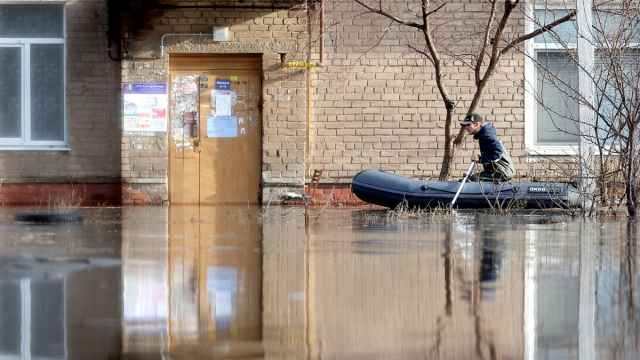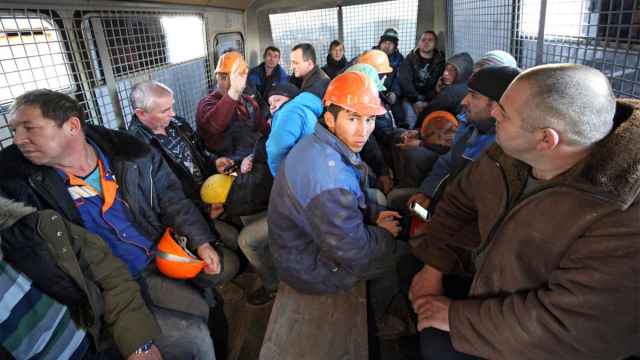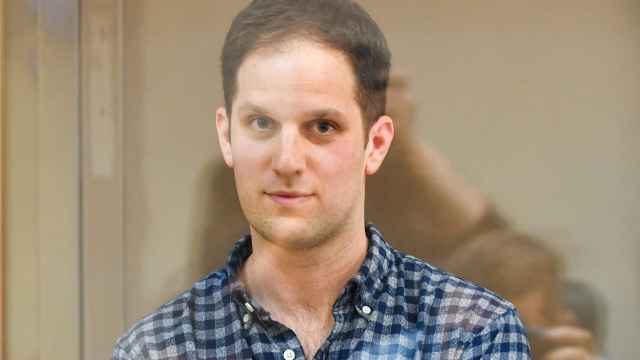Пядь: finger span
As I was flipping through my haul of books from the recent big book fair, I came upon the description of damage to a church wall in the Kremlin during the 1917 Revolution: снаряд пробил дыру в каменной стене длиною и шириною около 2 аршин и глубиною до 10 вершков (the shell broke a hole in the stone wall about two arshins in length and width and up to 10 vershoks deep).
Now that’s helpful, isn’t it?
I know that аршин and вершок are old Russian measures, the former larger than the latter, but I never remember much about them. So was that a big hole or not?
Lucky for me, another one of my acquisitions was the Объяснительный словарь старинных русских мер (Explanatory Dictionary of Old Russian Measures). Time for a refresher course in the ancient system of Russian measuring.
What’s cool about the measurements of length is that they are all based on body parts. This must have been very handy for the traveling salesman; no need to bring your folding ruler — just bring yourself.
But the measurements must not have been exact unless men and women in Russia 400 years ago were identical in size and shape. I wonder if they’d add a bit to a small person’s measurements or trim back the arm-length of a giant. The dickering must have been: О-го-го! (really something!)
Let’s try it out. Stand up, please, and spread your arms out straight to the side. The length from the middle fingertip of your left arm to the middle fingertip of your right is маховая сажень (something like “arms flung wide” sazhen — махать is to wave or swing). This is, according to the modern metrical system, 1.78 meters.
Then stand with your feet a step apart and hold your right hand up at a 45 degree angle. Measure from the longest fingertip down to the toe of your left foot. This is косая сажень (crosswise sazhen), a mighty 2.48 meters.
Аршин is one arm length, from the shoulder to the tip of your outstretched hand. In the metrical system, it is just over 71 centimeters.
When the measures get smaller, they become easier to understand and envision since they bear the names of the body parts used as measures. Локоть (elbow) is the length from elbow to fingertip (45 centimeters); ладонь (palm of your hand) is the width of your four fingers (7.5 centimeters); and ноготь (fingernail) is the thickness of your fingernail, a measure so small it was rarely used.
Вершок was the length of the top joint of an index finger, about 4.5 centimeters or 1.75 inches. And my favorite, пядь is the span of length between the tip of your thumb and the tip of your index finger. This is almost 18 centimeters.
Now if these measures represented the typical Russian male circa 1578, no wonder Europeans were amazed by them — they were huge. I am an average-sized female, but Lilliputian in comparison. The only measure that I come close to is my пядь at almost 16 centimeters. But my маховая сажень is off by almost 20 centimeters.
In any case, with this information and a bit of conversion, we can figure out the size of the hole in the wall in a Kremlin church: about 142 centimeters (56 inches) wide and long and 45 centimeters (17.5 inches) deep. Pretty big, but not massive.
The other reason to know these measures, at least vaguely, is that they are still used in lots of expressions. For example, if someone describes their dacha neighbor as нос с локоть, а ума с ноготь, now you have a good image of him: all nose and no brain (literally, his nose is as long as your forearm and his brain is as thick as your fingernail).
The neighbor in the dacha on the other side might be just the opposite: семи пядей во лбу (literally “of seven pyads on his forehead”). This is what English speakers call a real egghead, a major brain — although with a forehead of 126 centimeters (49 inches) he’d be in a hospital, not a classroom.
Пядь is also used in expressions like ни пяди (not an inch), what generals shout at soldiers during battles: Ни пяди назад (Not an inch back!). Or it’s пядь земли (sliver of land), what everyone cherishes: Каждая пядь земли имела своего защитника (Every bit a land had its defender.)
Another useful bit of ancient advice is this: на свой аршин не меряй (literally “don’t measure by your own arshin”), which means that you shouldn’t judge others by yourself.
Considering that I’m half the size of Russian measurements, I’ll take that as good advice.
Michele A. Berdy is a Moscow-based translator and interpreter, author of “The Russian Word’s Worth,” a collection of her columns. Follow her on Twitter @MicheleBerdy.






